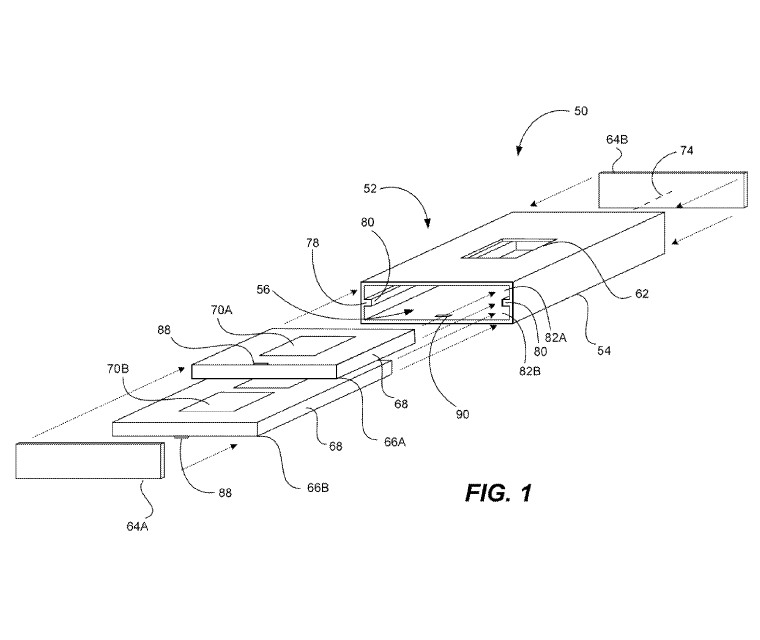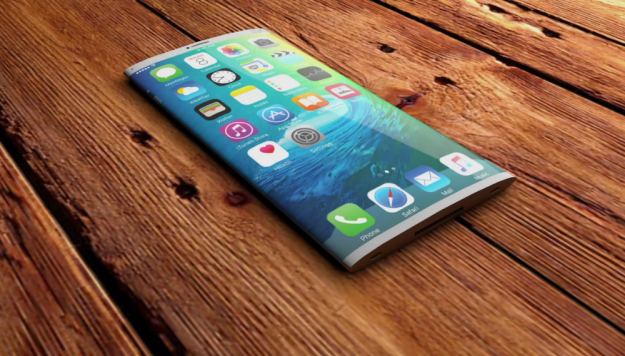The iPhone 7 will continue to lay the groundwork for the major iPhone redesign expected for the near future, maybe as soon as next year. Removing the headphone jack and the physical home buttons are two of the steps Apple is taking towards the iPhone of the future, a device that may have a glass-only housing and a wraparound display. Such an iPhone model could also lack any physical buttons, and offer even better waterproofing than the iPhone 7.
DON’T MISS: All the reasons Apple’s ‘boring’ new iPhone 7 will be its most exciting iPhone ever
Filed on July 30, 2015, well ahead of Samsung’s Galaxy S6 announcement, Apple’s Glass enclosure patent was awarded to the company on Tuesday.
The document describes means of building a mobile device, including a mobile phone, out of glass. The abstract is very telling:
“A handheld computing device that includes an enclosure having structural walls formed from a glass material that can be radio-transparent,” Apple writes. “The enclosure can be formed from a hollow glass tube or two glass members bonded together. A laser frit bonding process may be used to hermetically seal the two glass members together to create a water resistant electronic device.”
Apple further explains that a glass-only mobile device would let it place antennas needed for wireless communications inside the device. The structure should add rigidity to the phone, and protect the device from water damage or scratches.
Interestingly, the enclosure would not be made of two different parts, as is the case with the iPhone 4 or Galaxy S6/S7.
“The housing 52 generally includes a main body 54 in the form of an integral tube,” Apple writes, suggesting with its language and drawings that the device would have curved edges.

“By integral, it is meant that the main body is a single complete unit. By being integrally formed, the main body is structurally stiffer than conventional housings, which typically include two parts that are fastened together. Furthermore, unlike conventional housings that have a seam between the two parts, the main body has a substantially seamless appearance. Moreover, the seamless housing prevents contamination and is more water resistant than conventional housings.”
Special caps would be placed on the top and bottom of the enclosure to seal the device.
An internal rail system could be used to install components easily. We don’t dare utter the words modular and iPhone in the same sentence, but this type of technology could make replacing iPhone parts, and even upgrading them a reality in the future.
The device should be “aesthetically pleasing” as well, and could be made of opaque glass.
Finally, Apple also wants a glass structure that would let it “quickly and easily” install internal components inside it.
And yes, Apple does mention “mobile phone” specifically when describing the kind of devices that would benefit from such a design.
It’s unknown whether these technologies will be used in next year’s iPhone, but this patent seems to prove that Apple is really keen on making glass iPhones again. But they won’t be anything like the iPhone 4 and iPhone 4s. The full patent is available at the link below.








